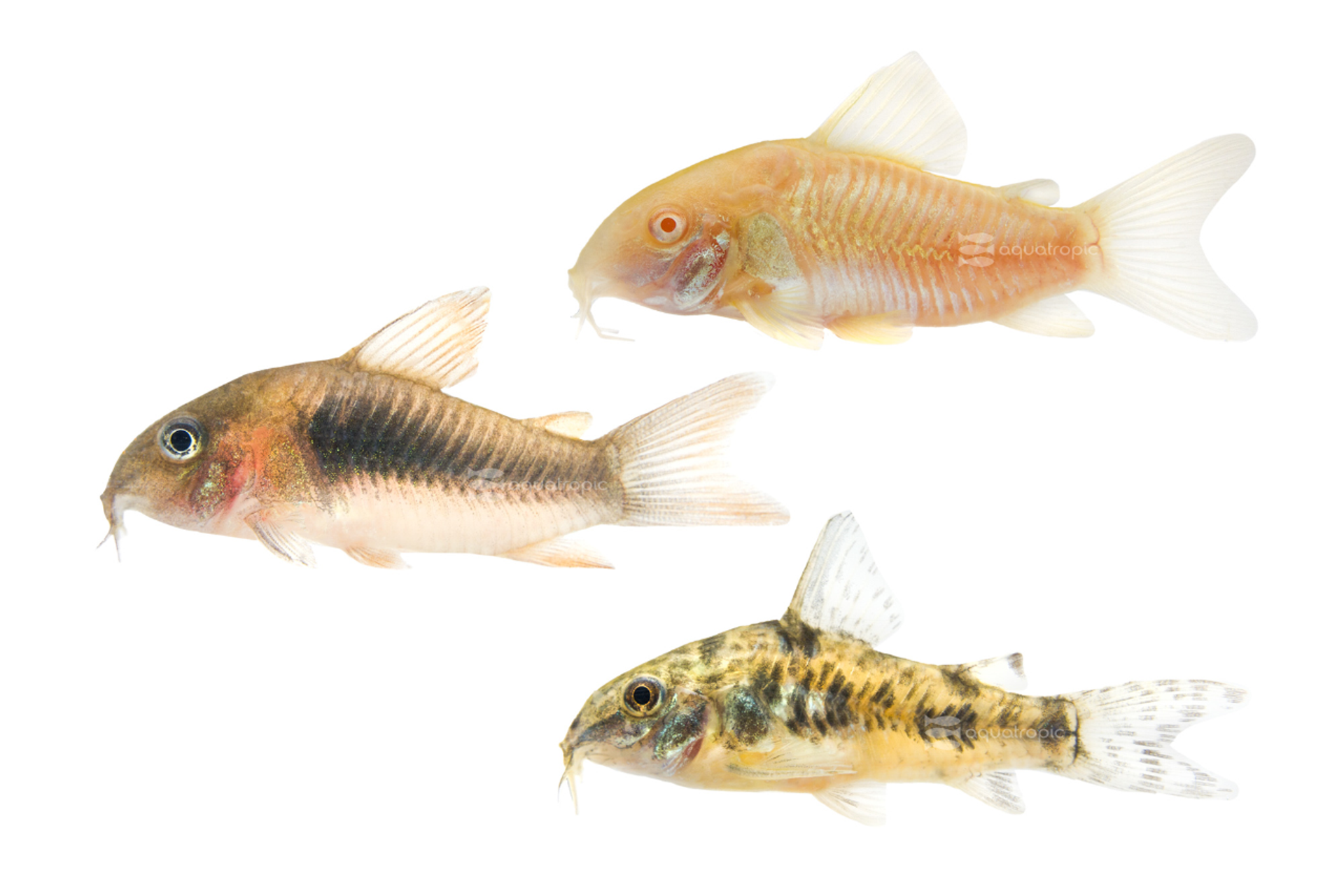To Sand or Not to Sand

Many, if not most of the common aquarium freshwater species don't require aquariums that have substrate; You rarely, if ever, see substrate in tanks set up to breed fish and rear offspring. On the other hand, you almost always see it as part of a display tank. Often, this is just aesthetic; sand looks nice on the bottom of the tank. Other times, it's a requirement of the plants that the aquarist desires (and that's a different article). However, there are some species that will do better, and in some cases require a specific substrate of one type or another to exhibit their natural behaviors or maintain their health.
Obviously, the right substrate is an important part of any display that attempts to mimic a certain habitat; attempting to use a fine sand in a Hillstream display is a recipe for headaches as it gets blown all over in the high flow these aquariums require! Substrates of all kinds allow many species of fish to perform natural behaviors. Digging, sifting and burrowing are activities for a wide variety of fish and these behaviors are often important for the fish's well-being (and are fun to watch regardless). One of the most important aspects of choosing the right substrate is protection for your fish, if the species you're choosing to keep have delicate body parts, course substrates can injure them.
Exhibit A is the favorite perennial staff, the Corydora Cats. They are bottom dwellers with whiskers that they use to sift through soft substrates like fine sand or silt in their endless search for snacks. You can keep Corys in tanks that don't have substrates, but they are certainly going to be happier and healthier with the correct tank bottom covering. Don't keep them tanks that feature course gravel as it can damage their barbels which can lead to infections.
We've all seen Goldfish displays that are bare-botttomed and this is a good choice, but they'll also do well in soft sand displays. Goldfish and Koi are bottom feeders with soft mouth parts. If you choose to keep them in a tank with a substrate, make sure it is gentle on the fish. Gravel would be okay, but make sure it is rounded and worn to prevent injury, and better yet, choose sand!
A good number of Loaches like Kuhlis are burrowers, digging themselves into fine sandy substrates and burying themselves completely to rest or hide. Horseface loaches will sift sand looking for food. Providing them with a soft sand substrate allows them to exhibit these behaviors and reduces their stress load. Loaches have soft bodies and the right substrate is imperative for keeping them healthy.
Earth Eater or Geophagus Cichlids are one of the best named aquarium fish. The term “Geophage” literally means “Earth Eater” and while they don't consume most of the dirt that goes into their mouths, they constantly take bites of it and then sift it through their gills for food like bits of algae, small invertebrates, fish eggs etc. The sand gets expelled, and the food goes down the hatch! Choose a very fine sand for your Geophage.
On the topic of Cichlids, many cichlid species like Shell Dwellers will utilize sand to bury and arrange the shells they use for homes and breeding sites. Many South American and African cichlids will dig pits for spawning. The substrate you choose for them will be dependent on the species you choose and the type of display you'll want to achieve.
There are lots of invertebrates that do better with sandy substrates as well, snails like Malaysian Trumpets and Rabbits will spend much of their time digging and burrowing through sand, hiding and looking for food. This activity is good for the snail, cleaning and protecting it but it's also good for the sand bed as they help to oxygenate the substrate, preventing dead zones that allow anoxic bacteria to build up! Even decorative shrimp can benefit from sand in the aquarium as it allows for a lot more surface area to grow biofilm for them to harvest!
Whatever sand you choose, make sure it's meant for aquariums. Things like playground sand are often full of silica which can fuel algal and diatom growth making them nearly impossible to deal with. The dirt in the backyard can be full of pesticides and herbicides that could end up being fish-icides in bad concentrations. Even beach sand can be polluted, and even if it isn't, you're going to be guessing when it comes to whatever else you've added to your aquarium in the way of critters and bacteria and possibly more silica! Stick to the sand that is provided by your Local Fish Store, or your favorite online retailer. These have always been cleaned, and you know what is coming in them so you don't end up with a sand that will mess with your water chemistry in an unexpected way. Sand from your LFS has also been graded by size, and you can choose whatever grain size, or even mixed grain sizes that you're getting into.
If you want fish that need, or even like, sand, go ahead and delve into the different options available to you. There are plenty of types of sand that come in a variety of colors and textures to match just about any look you're going for. Just head to your Local Fish Store and ask! Tell them Aquatropic sent you!